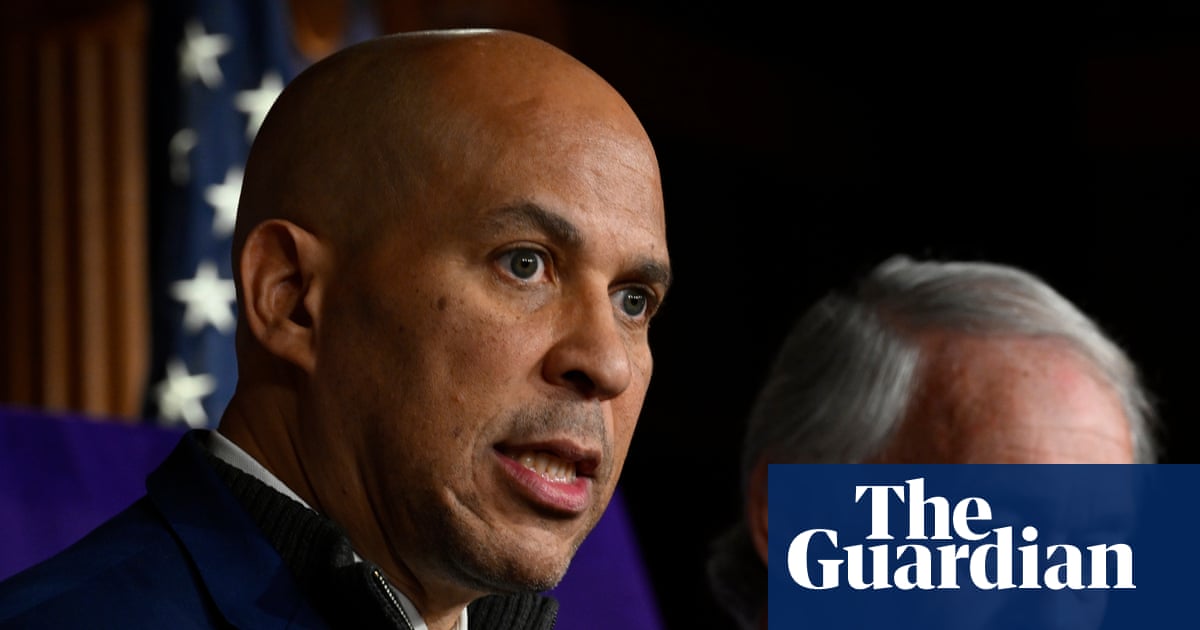At least three people were taken into custody after a confrontation between residents and federal agents on Chicago’s Northwest Side Saturday morning.
Witnesses told WGN-TV they were shaken by what happened and are seeking answers about why federal agents approached a landscaper working in the neighborhood.
Brian Kolp, who lives nearby, said he was sitting on his couch with a cup of coffee when he heard loud noises outside. When he looked out the window, he saw agents arresting someone on his front lawn.‘Angels’ step in after federal agents use tear gas near Chicago school
“I think I heard one of the whistles, that’s what caught my attention, and then they tackled him right in my front yard,” Kolp said.
The incident took place in the Old Irving Park neighborhood, near Kildare and Waveland. Video from the scene shows neighbors confronting the agents as tear gas fills the air and several people are pinned to the ground.
“They ended up taking at least two other people into custody, including my 70-year-old-ish neighbor who lives in that house there,” Kolp said. “He was just coming home from a run. They took him to the ground and ended up taking him away.”
https://www.newsnationnow.com/politics/feds-tear-gas-chicago-neighborhood





